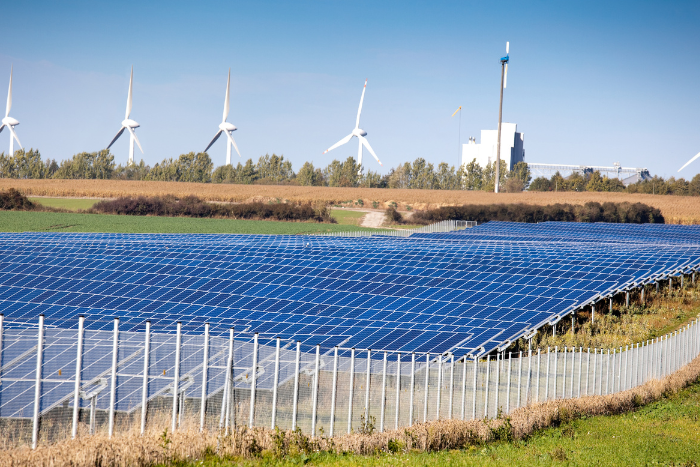According to Mercom, India installed a record 13 GW of solar capacity in 2022, up 27% YoY compared to 10.2 GW in 2021, but it’s not even half of the 28 GW required to meet its target of 280 GW by 2030. India’s cumulative solar capacity now is 63 GW. Developers are battling high costs of solar projects in 2023, the web portal said, adding that the projects delayed in 2021 due to COVID restrictions were completed and added to the installed capacity of 2022. In 2022, rooftop solar installations decreased by 3.7% compared to 2021.
Sebi sets norms for issuers of green bonds to tackle greenwashing
The Securities and Exchange Board of India (Sebi) released norms for issuers of green bonds to avoid greenwashing (falsely claiming that a company’s products, services, or business operations are more environmentally friendly than they actually are).
Sebi said an issuer of green bonds shall not use misleading labels, hide trade-offs, or cherry pick data from research to highlight green practices, while obscuring others that are unfavourable. Issuers will also have to continuously monitor the transition to a more sustainable form of operation and assure that funds raised through green bonds are not used for purposes that would not fall under the definition of ‘green debt security’.
The wide range of eligible projects include wind, solar, and bioenergy. Investing in public transportation, energy efficient buildings, biodiversity conservation, sustainable waste management, and climate change adaptation, sustainable land use, sustainable forest and agriculture, afforestation, and sustainable water management.
MNRE asks PSUs to black list developers if they don’t meet RE deadlines
The Centre said it will blacklist renewable energy developers for 3-5 years if they fail to complete their project on time. The government directed Public Sector Undertakings such as Solar Energy Corporation of India (SECI), NTPC and NHPC to blacklist erring developers, the three issue tenders to private developers.
The Ministry of New and Renewable Energy also asked the three PSUs to encase the bank guarantees in case of delay. Developers said encashing bank guarantees was a norm but the move to black list was extreme. Industry sources told Mercom that the delays have also been caused by demand-supply mismatch due to the approved list of Modules and Models (ALMM) that the government adopted to boost domestic manufacturing.
The government said it gave several extensions to developers and even lifted ALMM restrictions, but they have not responded in kind, Mercom reported.
IEEFA study: SECI’s solar, wind energy tenders too few to meet 450 GW by 2030 deadline
Is the Solar Energy Corporation of India (SECI) struggling to keep up the pace of issuing new solar and wind tenders? According to IEEFA, Variable Renewable Energy (VRE) tenders issued annually in India have fallen to about 28 gigawatts (GW) in 2022 from 40GW in 2019. SECI issues new tenders, conducts auctions, but it requires more tenders to meet India’s target of 450 gigawatts (GW) of renewables by 2030, IEEFA said.
According to the study, poor financial health of state DISCOMs and rising solar module costs are keeping developers away from recent tenders. Distribution companies (DISCOMs) are no longer seeking plain vanilla solar and wind projects and instead want wind-solar hybrid or renewable energy coupled with storage.
The research states that renewable energy-rich states, like Karnataka and Andhra Pradesh, have slowed tender issuance as they have achieved their renewable purchase obligation (RPO) targets.
About The Author
You may also like
Clean Energy Push Would Halve Warming Rate by 2040: Report
Renewable is elbowing out coal: Can it continue the growth momentum?
Rising Global Energy Demand Fuel Security Threats: WEO Report
PMSGY Drives Rooftop Solar Expansion, But Challenges Remain: Report
Global Renewable Energy Capacity to Double by 2030, Led by Solar PV: Report

